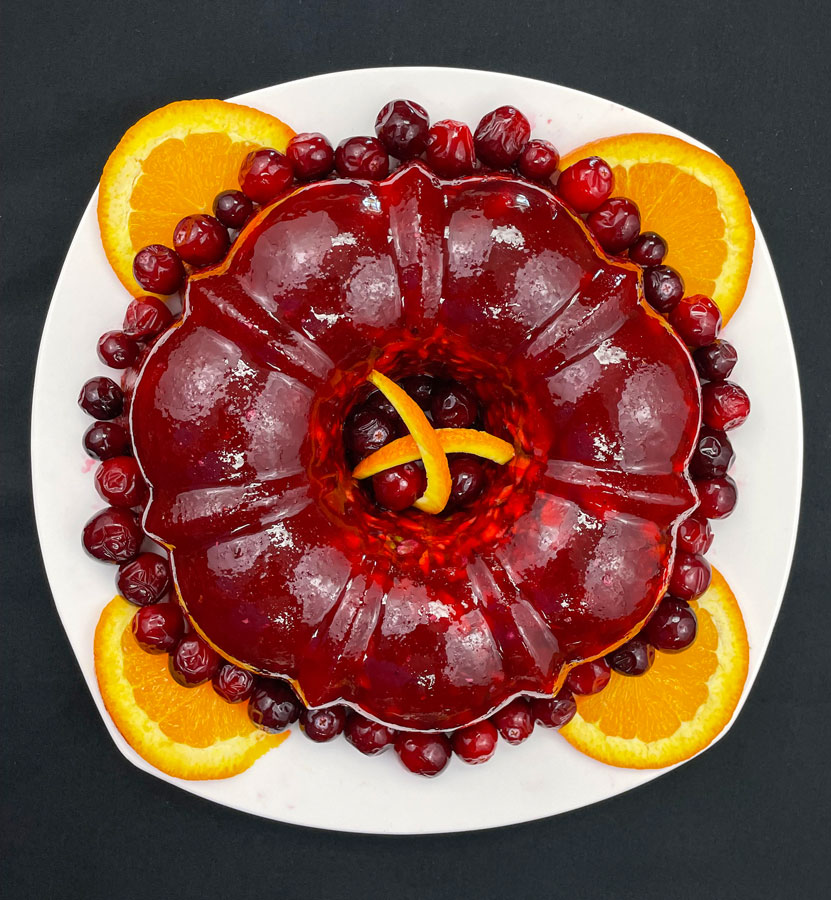Illinois winters can be long, cold and snowy. While staying warm inside, our appreciation for the outdoors is limited to scenes framed by a frosty windowpane. Consider incorporating plants into your landscape that create dazzling winter interest with their textures, colors and movement. With perfectly placed additions, your cozy view will become a winter wonderland.
While often appreciated for their foliage or flowers, many trees and shrubs also have interesting and distinctive bark. Exfoliating bark on a tree trunk captures attention no matter the season, but it stands out most dramatically in winter when the branches are bare. A hidden color is often revealed beneath the peeling and curling bark, too. Trees with exfoliating bark include river birch and paperbark maple. Be patient when planting these as it takes several years for the trees to develop this unique feature.
The colorful stems and branches of deciduous shrubs are often masked by lush green foliage throughout the growing season, but once the cold temperatures return in the fall forcing the leaves off the branches, the stunning reds, oranges and yellows highlight the landscape.
To receive the most impact from these colorful shrubs, plant them in groupings instead of individually. Red twig dogwood and yellow twig dogwood varieties are two favorites. To keep the stems’ vibrant colors, prune these in late winter (February or March) to encourage new, colorful stems to grow.
Perennials can also add some winter interest to the garden. Consider leaving some stems and foliage in the garden for the winter instead of cutting everything back in the fall. Plants with distinct seedheads such as coneflowers and black-eyed Susans can add a spiky texture, but also can be a food source for the birds. Taller perennials with woody stems can also be kept in the landscape for height. Ornamental grasses will add texture and movement to a winter garden.
Many plants hold onto the fruits, berries and cones through the winter, if the birds don’t get to them first. Black chokeberries produce clusters of small black berries that are not favored by the birds and will persist into the winter. Brilliant red berries adorn the stems of the winterberry shrubs. Adore them early before birds pluck the shrub bare.
The list of winter-interest plants would not be complete without the inclusion of evergreen trees. While everything else in the landscape is brown, bare and dormant, these beauties proudly showcase a spectrum of colors from dark green to blue. Their color is only improved by seasonal snow resting on the branches — a perfect shelf for settling snow. Many of these species are too large for most backyards, so consider dwarf varieties available in every shape, color, form and size.
Our landscapes may be lacking colorful blooms or lush green foliage this time of year, but there are still plants that can create an attractive landscape for us. Wildlife will appreciate it, too. No matter the season, make sure your landscape never lacks that natural beauty from unique and distinct plants.










